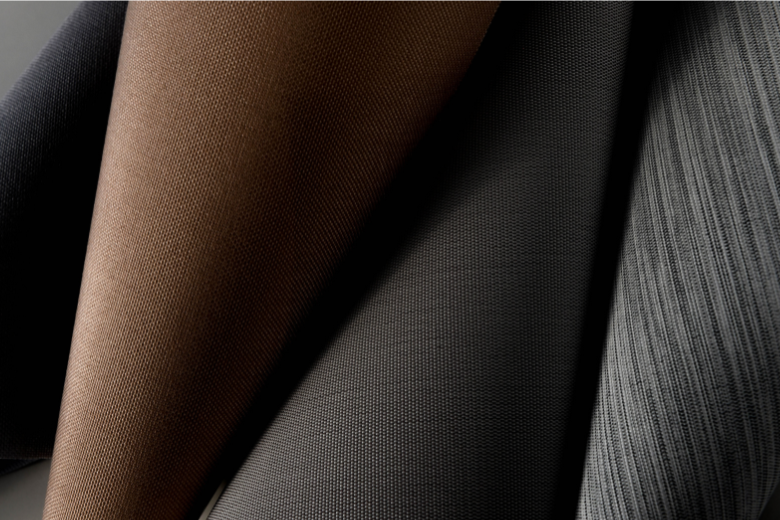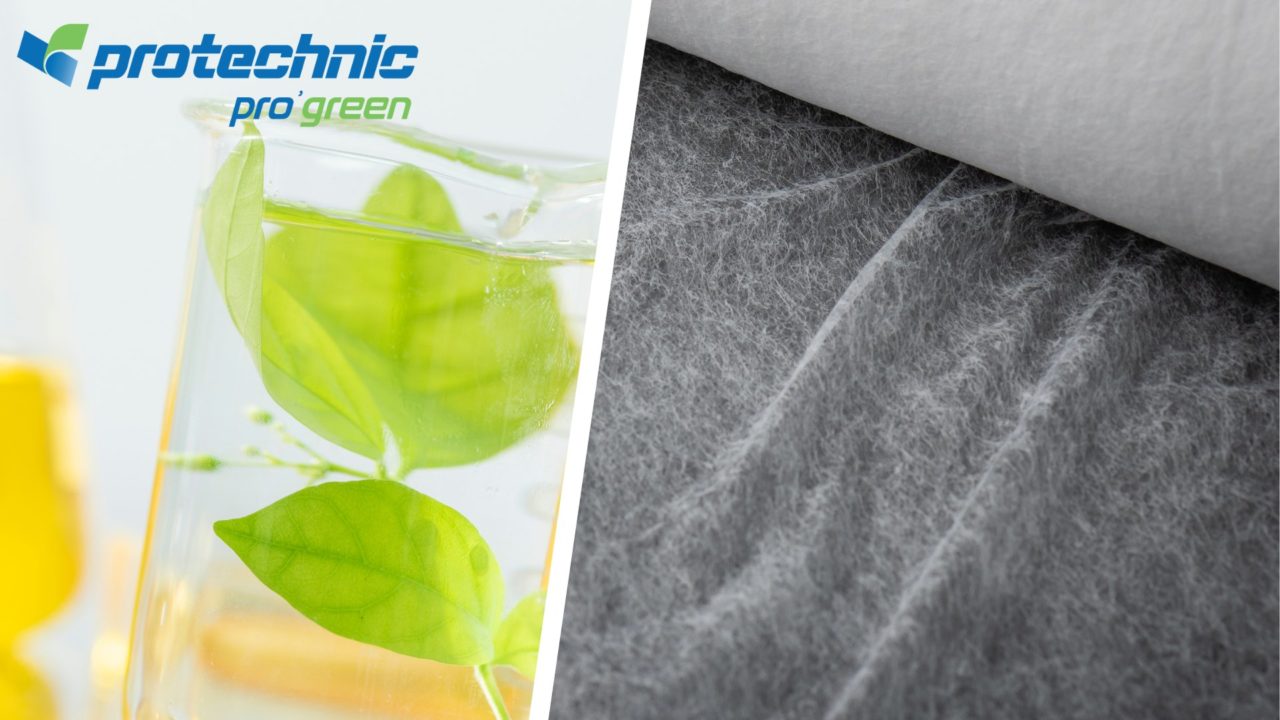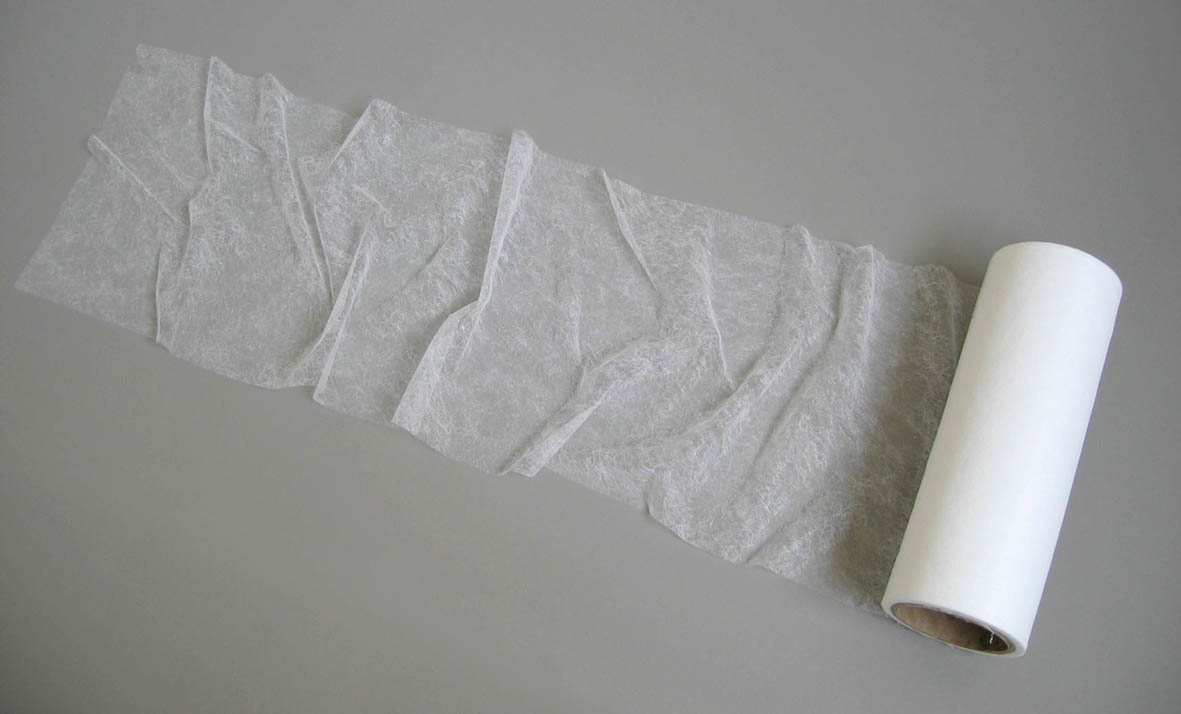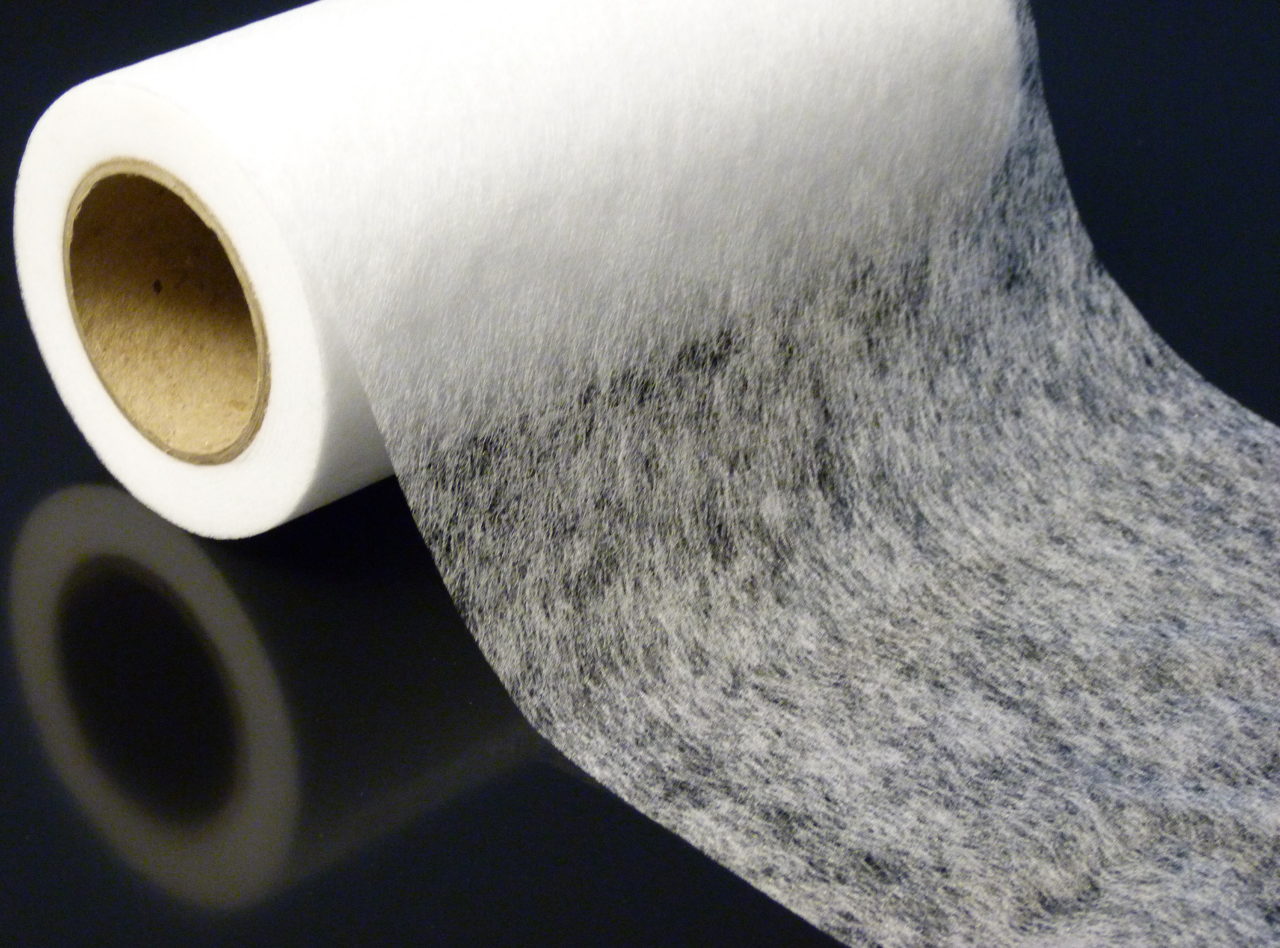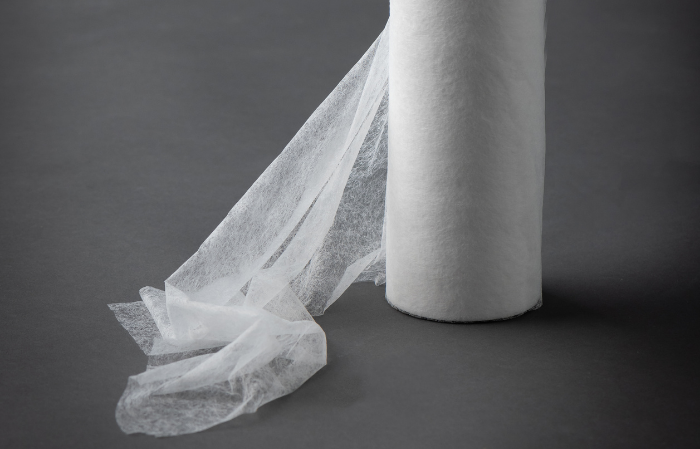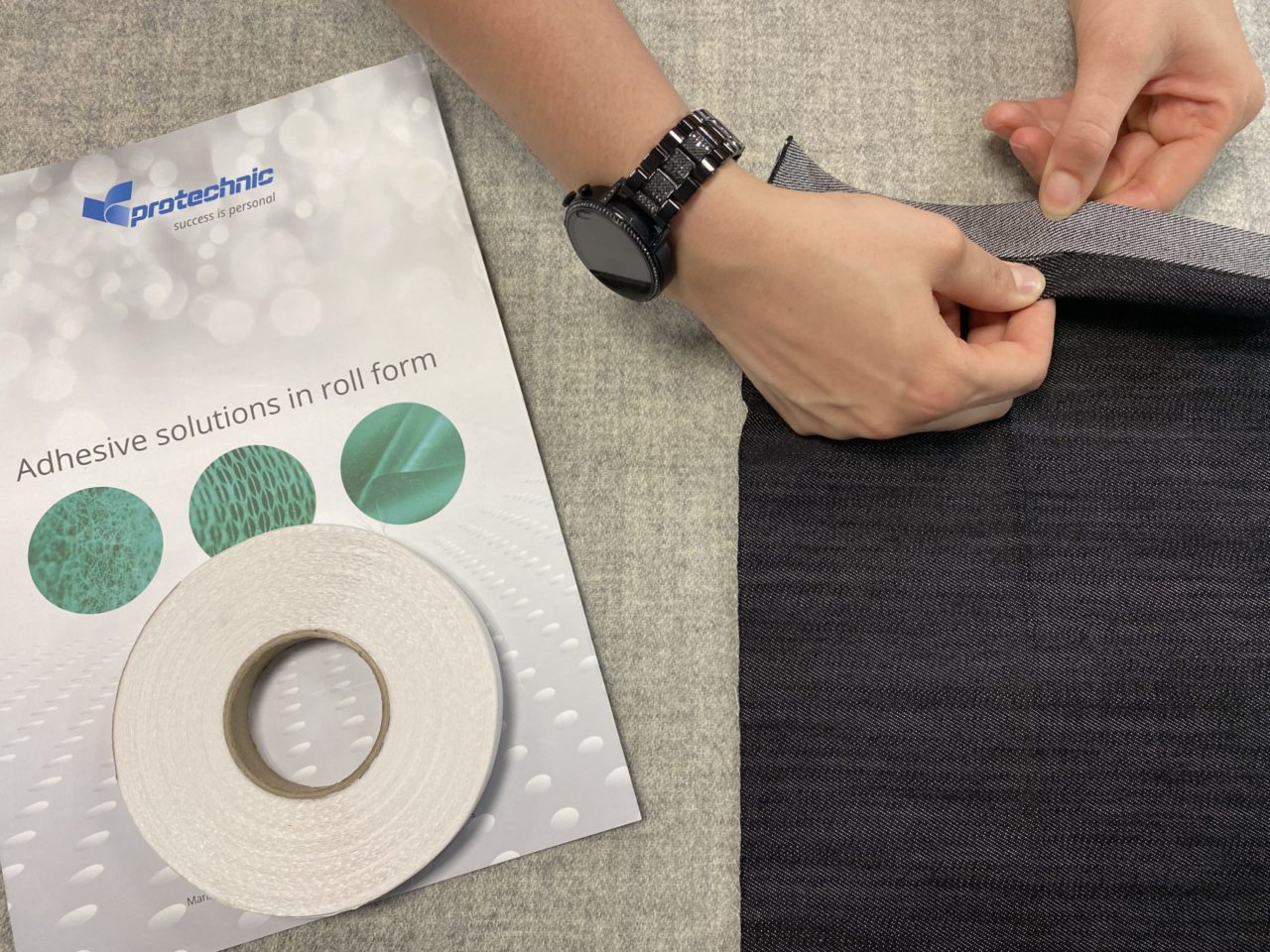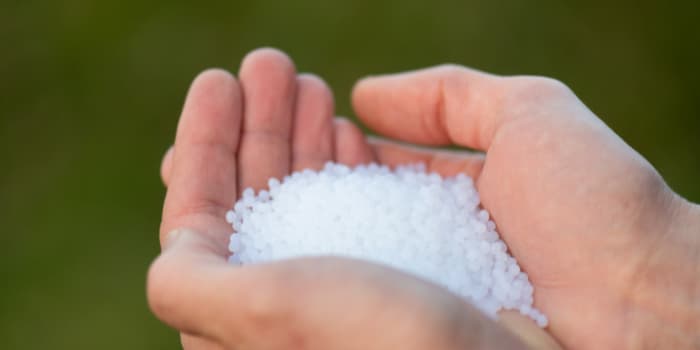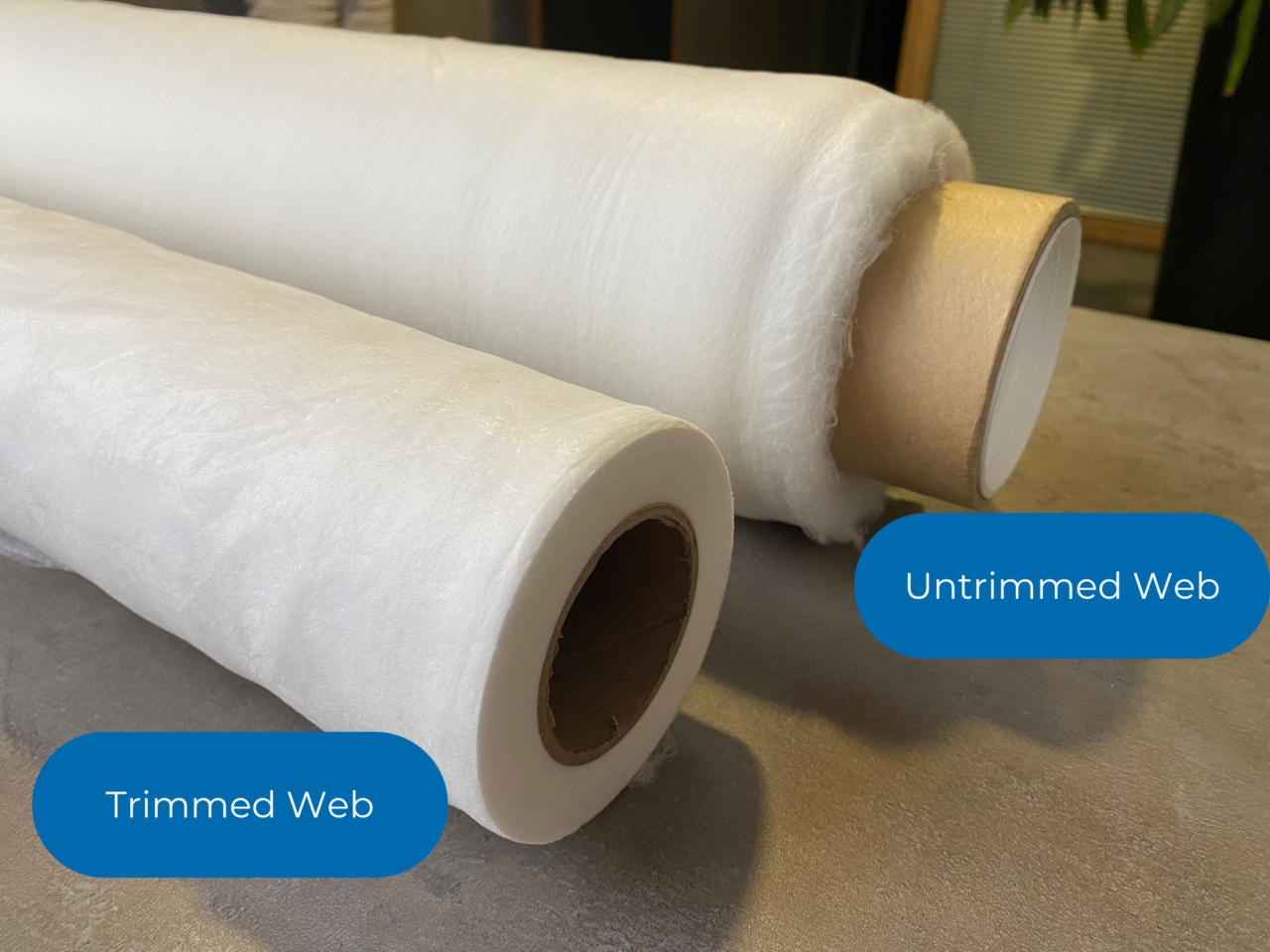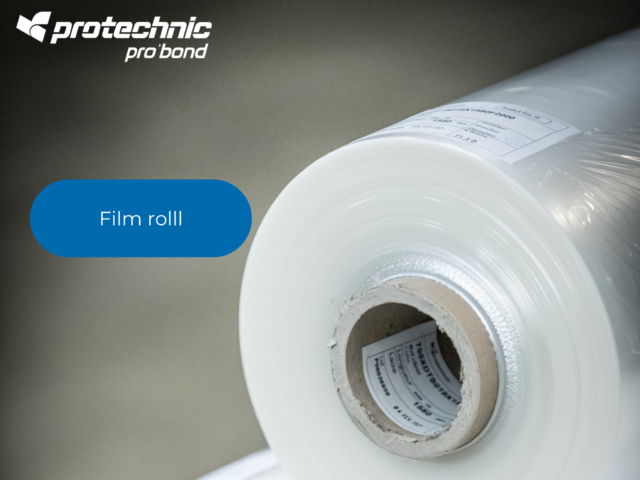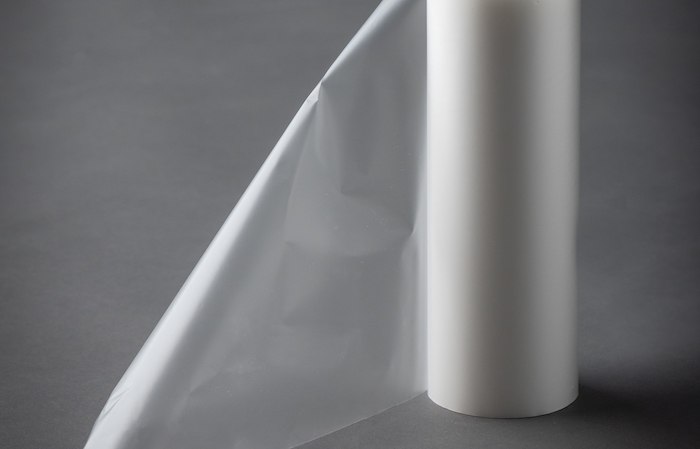In the rapidly evolving landscape of consumer electronics (Speakers, phone, wearable, computer, a new breed of engineering professionals has emerged: soft goods engineers. These experts specialize in the intricate design, prototype and manufacture of products using materials such as textiles, leather, silicone, adhesive and thermoplastic polymers. With their unique blend of mechanical design experience and material expertise, soft goods engineers play a pivotal role in bringing next-generation products to life.
The Role of Soft Goods Engineers
Soft goods engineers collaborate closely with design teams and manufacturers to develop innovative soft touch solutions for complex structural systems. Their hands-on approach involves working with a wide range of manufacturing equipment, assembling processes, tools, and maintenance procedures. From designing and fabricating soft goods for space exploration to crafting high-altitude applications, these professionals are at the forefront of technological advancement.

